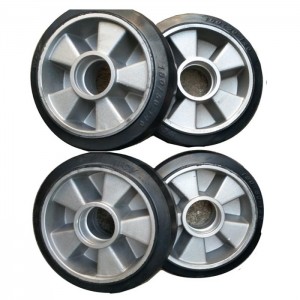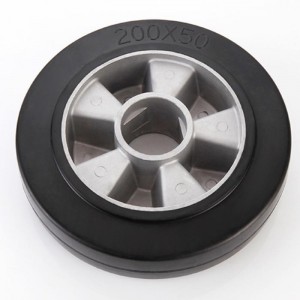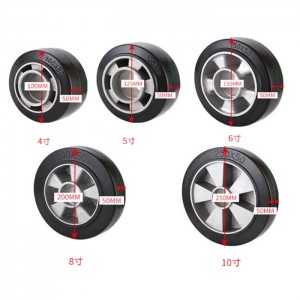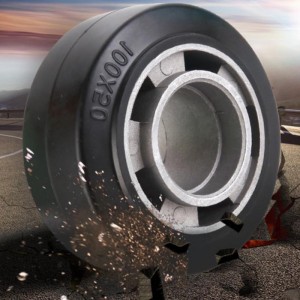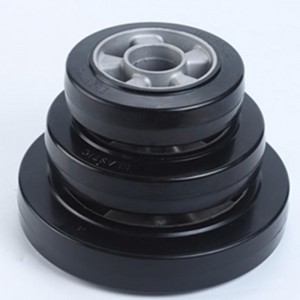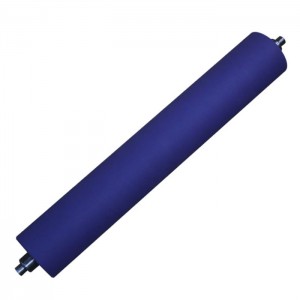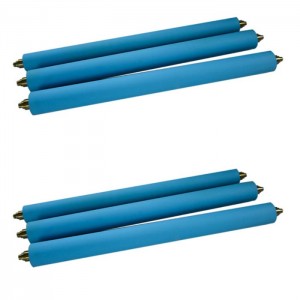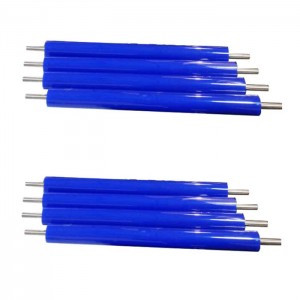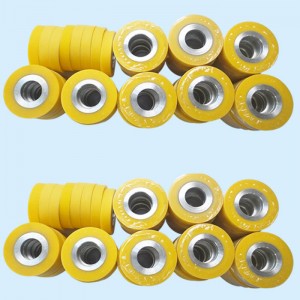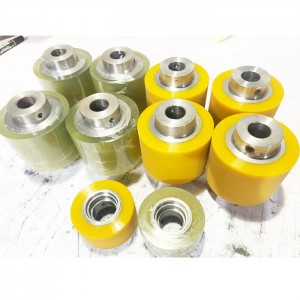4inch 5inch 6inch zinc plate Rubber caster wheels
How to choose the correct bearing of the caster?
Regarding how to choose the caster, I believe everyone already knows how to choose it, so a good caster is inseparable from the bearing. We all know that the use of casters is inseparable from the assistance of bearings. The caster bearings should be suitable for their respective applications and still have enough safety margins. Then how do we choose this kind of caster bearings? The following casters are small Let me teach you how to choose.
1. Tapered bearings-tapered bearings are one of the important components of roller bearings. Compared with ordinary bearings, their special advantage lies in the expansion of the use of casters and the ability to provide improved moving characteristics.
2. Roller bearings-In addition to wear-resistant and deep groove ball bearings, this kind of strong earthquake-resistant bearings are mainly used for transport equipment casters. Compared with other bearings, roller bearings are known for their very low installation height, relatively low rolling resistance and huge load capacity. The moving speed of wheels equipped with roller bearings cannot exceed 4 km/h, which is close to the speed of human walking.
3. Precision ball bearings-specially designed single-row radial precision ball bearings that meet the German industry standard (DIN) are the highest quality models of the bearings. Wheels equipped with these ball bearings can maintain extremely low rolling resistance even if they carry a maximum load.
4. Ordinary bearing-The simple form of wheel bearing is the sliding or friction of the bearing. They are earthquake-resistant, almost maintenance-free, and based on the characteristics of the material, they can also resist corrosion. If the equipment only needs to move in a short distance and low speed.






Agility of rubber wheels
1. The caster should be flexible, easy and durable, and its rotating parts (foot stand rotation, wheel rolling) should be made of materials with low friction coefficient or assembled accessories after special process treatment (such as ball bearings or quenching treatment)
2. The greater the eccentricity of the tripod, the more flexible the steering, but the load-bearing capacity will be reduced accordingly.
3. The larger the diameter of the wheel, the more effortless it is to push and the better the ground protection. The big wheel rotates slowly than the small wheel, it is not easy to heat and deform, and it is more durable. Choose large-diameter wheels as far as possible when the installation height allows.
How to choose casters?
The use of casters is to reduce labor intensity and improve work efficiency. According to the application method, conditions and requirements (convenient, labor-saving, durable), choose the right caster suitable for your use.
The load capacity
Carrying weight calculation T=E+Z/M
T=The carrying weight of each caster
E=weight of the vehicle
Z = weight of moving object
M=the effective load-carrying quantity of wheels (the factors of uneven position and weight distribution should be considered)
Moving speed of casters
The requirements of the caster speed: in a normal temperature environment, on a flat ground, the walking speed is not higher than 4.2 km/h, and there is a certain stop working state.
Applied environment of rubber wheels
The selection should consider the special environment of ground materials, obstacles, and residues (such as iron filings, high temperature, low temperature, high acidity, high alkalinity, oil and chemical solvents, and places requiring antistatic). Casters made of special materials should be selected for use in special environments.


Judgment method of caster specifications
Look at the bearing capacity of the casters. Bearing capacity is an important factor in the division of caster specifications. The current casters are divided into: light casters, medium casters, heavy casters and super heavy casters. To determine which model the caster is, it can be analyzed from the thickness and material of the caster wheel and bracket. The thicker the wheel and bracket material, the higher the material density, the stronger the firmness, and the stronger the bearing capacity. Although there are more reasonable scientific calculation methods for the bearing capacity of casters, it mainly depends on the specific use environment and the flatness of the ground. Under normal circumstances, the bearing capacity of casters must be more than enough to ensure that they can be fully and safely used in specific applications.
Fitting notice of casters
Flat-bottomed movable casters: The installation surface must be flat, hard and not loose.
Directional casters: The two wheels must be in the same direction and keep parallel.
Screw casters: must be equipped with spring washers to prevent loosening









